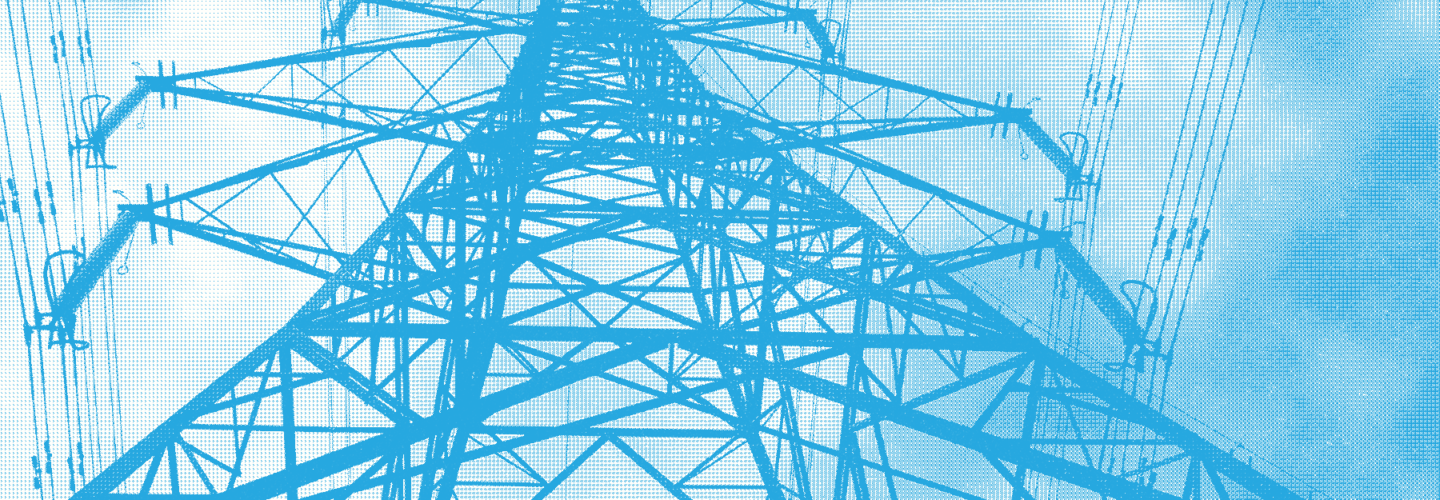4 things to know about the state-led push for underwater transmission
North Atlantic states are weighing an offshore transmission “backbone” that would support a massive boom of wind farms critical to the nation’s climate goals.
The upsides could be huge — both in efficiency and cost. An ocean corridor of high-voltage power lines would smooth the way for wind turbines to connect to the electric grid, allowing states from Maine to New Jersey to more easily add new clean energy.
A coordinated grid for offshore wind could also jump-start the “macro grid,” a high-voltage spider web of electricity lines that advocates say is needed as the country shifts away from fossil fuels.
Daniel Sosland, president of the Acadia Center, an environmental group in New England, said the federal government could help relieve friction between states and developers over cost and ownership of power lines.
“There’s a kind of parochialism that sets in,” he said. “Whereas if the government starts a planning process, the states get organized to get resources, [and] it’s more of a government-oriented public interest.”
Offshore wind transmission is certainly in the public interest, he added. It could also alleviate the congested interconnections among the three regional grids that provide power in the eight North Atlantic states.
By 2035, for example, New England and New York may need to double their interregional transfer capacity, or how much power can flow from one region to another, according to a recent draft report from DOE.
“I think we’re on the verge of seeing all the pieces come together,” Sosland said.
To read the full article on E&E News, click here.



















